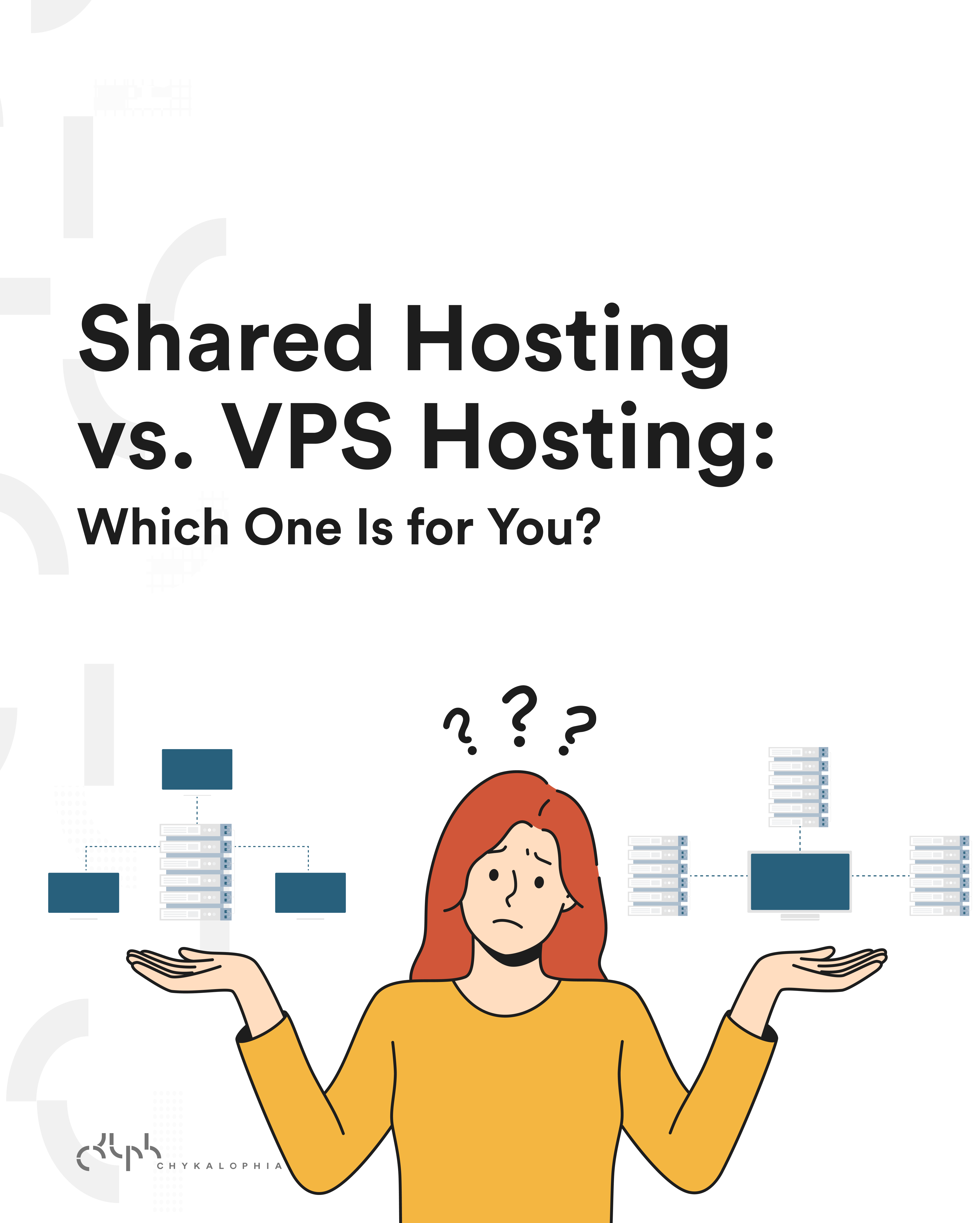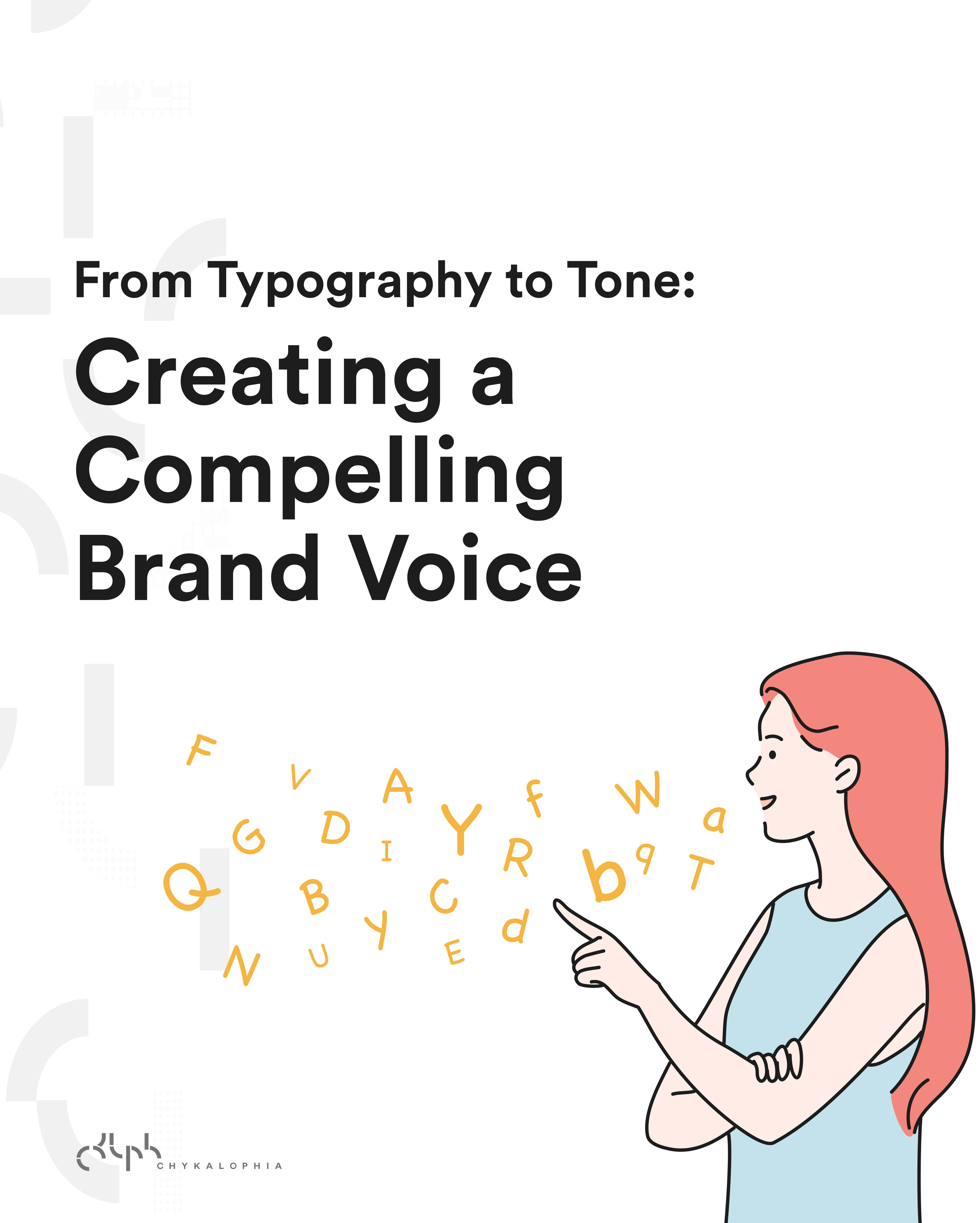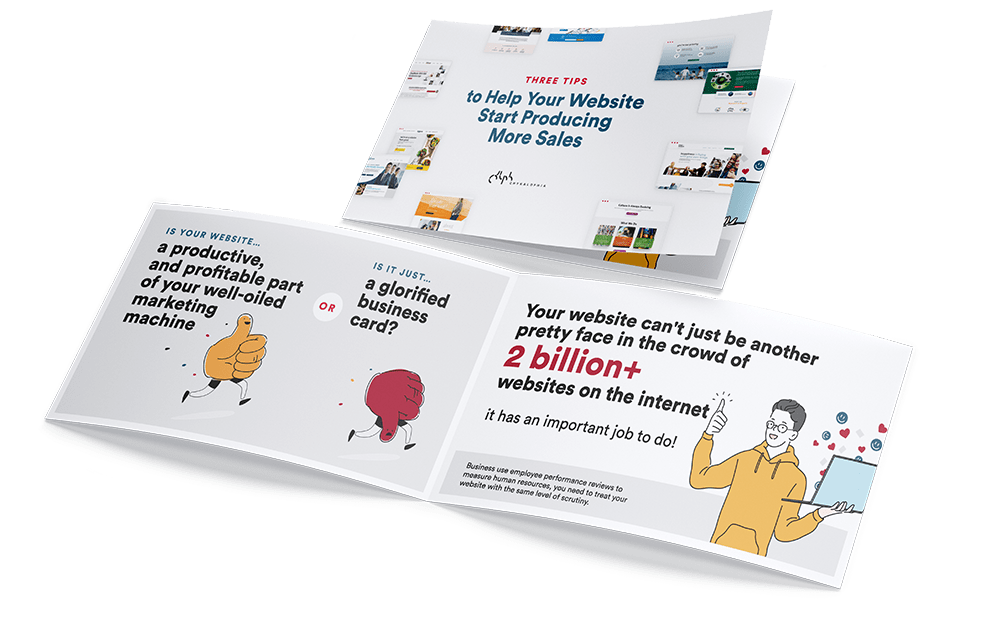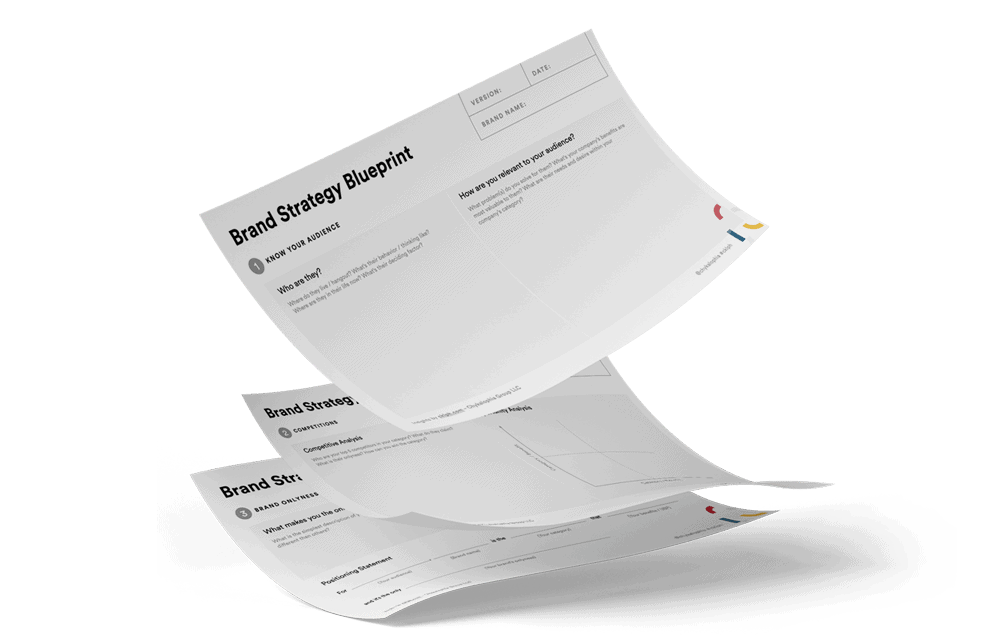Technology and design are evolving rapidly, but so is society. Today, inclusive UX design is more necessary than ever to create digital products that cater to a diverse user base. It’s about ensuring that digital environments are accessible and user-friendly to people from all walks of life.
What is inclusive UX design?
Inclusive UX design revolves around the principle that digital products should be usable by everyone, regardless of their background, abilities, or preferences. This design philosophy considers a wide range of factors, such as physical and cognitive abilities, cultural diversity, and technological proficiency. It also acknowledges the reality that our user base is not homogeneous, so we strive to create interfaces that are welcoming and efficient for a diverse audience.
You may be scratching your head now because all of this is contradictory to what you’ve been hearing us say about specifying your target audiences or niche. For this reason, it’s important that we distinguish UX design from marketing.
To put it simply, when we design a digital product (or any product), we have to keep in mind that anyone, anywhere might stumble upon our product and try using it. Thus, inclusive UX design. Then, when we start marketing this product, we narrow it down to our specific target audience because we want this particular group to be the primary users of our product.
How to create inclusive UX design and create diversity in UX
There are many different ways companies can effectively start to impact diversity in UX. Here are the essential approaches that we believe every business should start embracing.
1. Conduct extensive user research
User research is the backbone of inclusive UX design. To create a digital product that resonates with a broad range of users, we need to understand their unique needs, preferences, and challenges. Here’s how you can approach it:
- Diverse user groups: Make sure that your user research includes individuals from different demographic groups, including those with disabilities, other cultural backgrounds, and varying levels of technological expertise.
- Empathetic interviews: Have interviews to gain insights into your users’ specific challenges and needs. Encourage participants to share their positive and negative experiences with digital products.
- Usability testing: Regularly conduct usability testing, also with diverse participants, to uncover issues and gather feedback on your designs.
2. Embrace universal design principles
Universal design involves creating products that are intuitive and efficient for everyone, regardless of their abilities. For example, an autism-friendly website is preferred because it benefits not only people with autism but also neurotypical people. Key principles include:
- Clear and simple navigation: Make sure that your digital products are easy to navigate. Intuitive menus, logical information hierarchy, and consistent design patterns help all users find what they need.
- Responsive design: Create layouts that adapt to various screen sizes and devices, ensuring a consistent user experience regardless of the platform.
3. Accessibility is non-negotiable
Ensuring your digital products are usable by individuals with disabilities is not only a moral imperative of creating inclusive UX design, but often a legal requirement. Some essential considerations include:
- Web content accessibility guidelines (WCAG): Familiarize yourself and your team with WCAG guidelines. Comply with these internationally recognized standards for web accessibility, addressing issues such as text alternatives, keyboard navigation, and contrast ratios.
- Alternative text for images: Make sure all images have descriptive alt text, allowing screen readers to convey vital information to visually impaired users.
- Keyboard navigation: Test your designs to ensure that all interactive elements are navigable and operable using a keyboard. This is critical for individuals who cannot use a mouse.
4. Inclusive content and language
Inclusive UX design goes beyond the visual and structural aspects of your digital products. It also encompasses the content and language used. Here’s how to foster diversity in this regard:
- Plain language: Use simple and clear language in your content. Avoid jargon, technical terms, and complex phrases that may confuse users who aren’t familiar with them.
- Cultural sensitivity: Be mindful of cultural nuances. Avoid content that might be insensitive or offensive to different cultural groups. Keep in mind to select symbols, images, and colors with cultural diversity in mind.
5. Iterate and collaborate
Inclusive design is not a one-time task. It’s a continuous process that requires collaboration and iteration. Here’s how to foster diversity through ongoing improvement:
- User-centered design: Place users at the center of your design process. Continuously gather and integrate user feedback to address evolving needs and preferences.
- Training and awareness: Ensure that your design team is well-informed about the importance of inclusive design. Conduct training sessions and workshops to raise awareness and foster a culture of inclusion within your organization.
- Legal and ethical considerations: Stay informed about accessibility laws and regulations applicable to your region and industry. Ethically, prioritize inclusivity in your designs regardless of legal obligations.
Let’s promote diversity and inclusion in digital environments
Inclusive UX design is a powerful approach to fostering diversity in digital products. We believe that it’s time for us to be more mindful of our design, embrace diversity in UX, and provide a delightful digital experience for all users, regardless of who they are.
Receive our latest insights in your inbox. Subscribe to our bi-weekly, one-minute read newsletter below!






